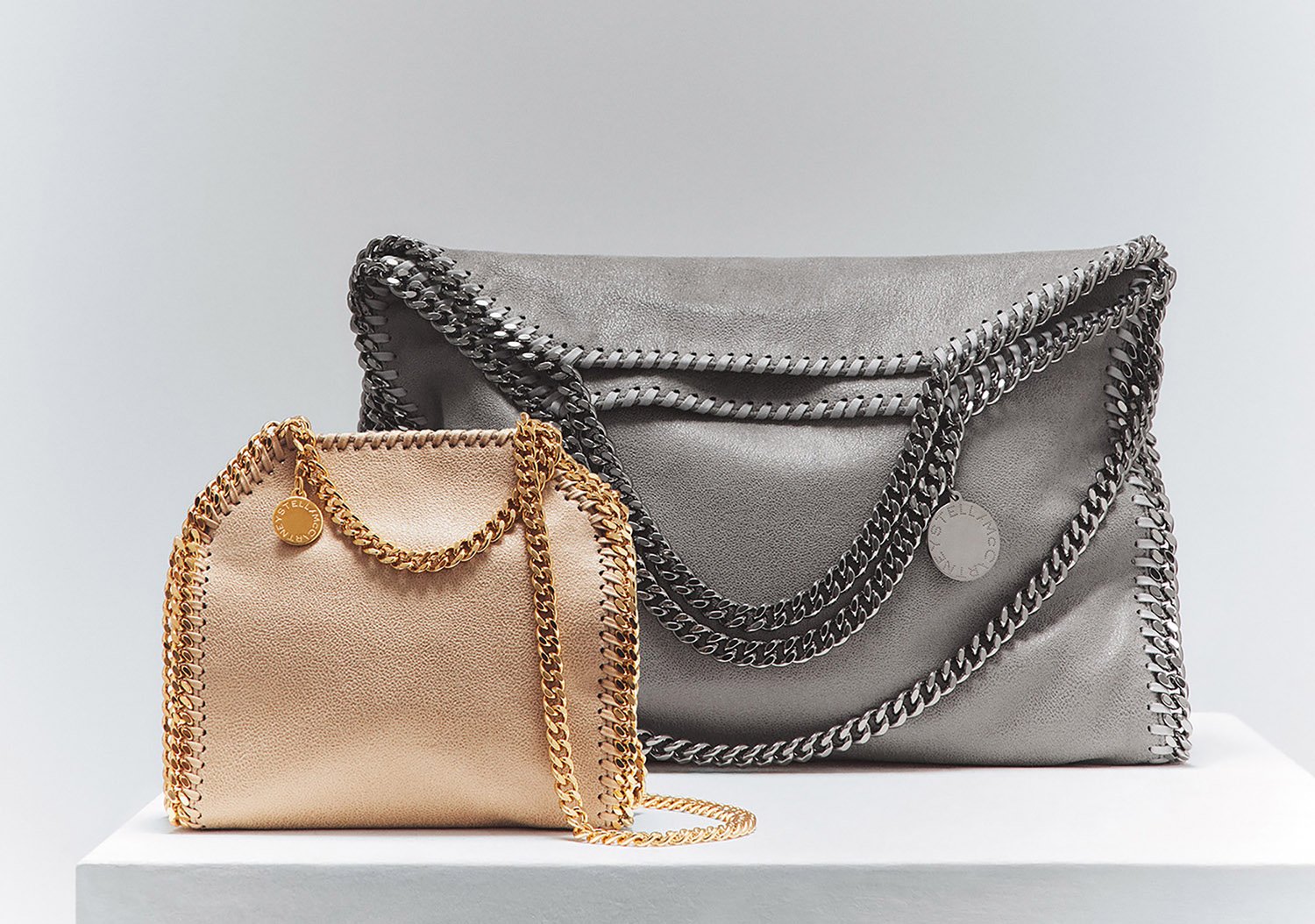Stella McCartney Impact Report 2021
Our Impact Report 2021 is now available. The report details our impact on the environment, sharing our methodology and data capture methods and noting how we plan to improve moving forwards. We believe it is important to be as transparent and knowledgeable about our operations as possible, in order to continually reduce our footprint.
As we step forward into the ‘Decisive Decade’, it is more obvious than ever that we are facing climate change and biodiversity crises head on. In 2021, we saw the continuation of the COVID-19 pandemic and its implications across businesses and supply chains around the world. We know we must act now.
The ‘Decisive Decade’ – the 2020s – is a crucial time in terms of meeting the objectives of the UN’s Sustainable Development Goals (SDGs) and changing the economy to achieve the goals outlined in the Paris Agreement.
When I launched Stella McCartney in 2001, I had a singular mission: to create beautiful, desirable clothing that people would love to wear, made from materials that do not harm our fellow creatures. My Impact Report 2021 outlines where we stand exactly 20 years on: a conscious fashion pioneer today, continuing to push towards solutions that will protect our better tomorrow. I am incredibly proud of the actions we have taken, the positive changes we have implemented and the innovations we are currently supporting, but there is so much more we can do. And we will.
We believe that the key to creating meaningful, widespread change is collaboration. Tackling biodiversity loss and climate change requires the entire industry to work together to drive impactful transformations to our wider ecosystem.
As a brand, we are also committed to investing in sustainability and the future of our planet and people. We believe in making every action count and managing our environmental impact by pushing towards solutions that will protect our better tomorrow. At Stella McCartney, we are setting a target to reach net-zero emissions by 2040, based on the latest climate science and in line with the Paris Agreement’s ambition for a 1.5 degrees pathway.
Methodology and updated data capture
Our Environmental Profit & Loss (EP&L) tool provides an in-depth analysis of our environmental impacts – highlighting key areas and opportunities to mitigate them. This data-driven approach is what we have used for several years and allows us to reduce our footprint, manage our impact and drive tangible, positive change.
In 2021, we were able to increase the quantity and quality of data collection across our direct operations, whilst simultaneously suffered data losses in other areas due to changes in our business model. This should be considered throughout the report and when interpreting the results.
Key findings:
In 2021, our total valued impact on nature was estimated at €3.1 million – compared to €5.3 million in 2020 and €8.2 million in 2019. In this most recent assessment, there were changes in scope, data availability and the fact that we produced less during the pandemic, therefore it is not possible to directly compare this year’s results with previous years and deduct that we reduced our impact overall. This should also be considered throughout the report.
Our most-used materials by volume were: cotton, 78% of which was organic; polyester and polyurethane; wool, including regenerative wool; forest-friendly viscose and brass.
Where land use has previously represented our largest environmental impact group, it is now greenhouse gases (GHGs) that have the highest impact. This increase is driven by new data captured about our direct operations (Tier 0).
Looking forward, we envision an ever-changing landscape full of possibilities and opportunities for positive change. We see a future of innovative transformation restoring and working with – instead of against – nature. The Future of Fashion supports a better tomorrow where humanity only takes from the planet what it can naturally regenerate. We are continuing to expand our use of regeneratively sourced materials, including wool and cotton, seeing this sourcing method as a key tool for our industry in protecting biodiversity, storing carbon in soils and mitigating the climate crisis.
Hand-in-hand with regenerative sourcing, we recognise that reducing the fashion industry’s environmental impact requires adopting circular business models. This includes products designed for disassembly, whilst simultaneously offering care guidance, repair services, recycling schemes and alternative business models to ownership, such as rental.
Our Impact Report 2021 is now available to read, including more information about our updated methodology, wider data capture, results and responsible strategies.







